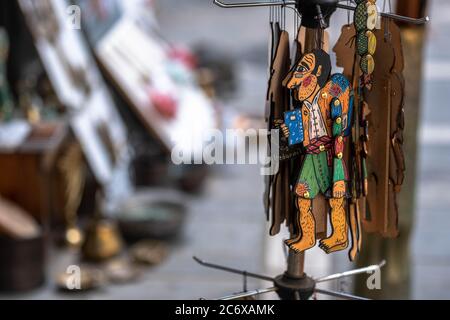

The history of Egyptian shadow theatre can be traced back to the 11 th century.

Sultan Selim was very pleased with the performance, and having presented the player with 80 gold pieces and an embroidered kaftan, said, ‘When we return to Istanbul, come with us, so that my son can see this play and be entertained.’Īnother reliable source confirming that the shadow play was introduced to Turkey from Egypt in the 10 th century is a work by Ibn Ilias dating from the reign of Yavuz Sultan Selim II. The shadow player at the palace on the island of Rode in the Nile at Cize re-enacted the hanging of Tumanbay at the Züveyle Gate, including the fact that the rope snapped twice in the process. Where the part of this book pertinent to our subject is concerned, it relates that when the Ottoman sultan Selim II conquered Egypt in 1517 he hanged the Mamluk sultan Tumanbay II on 15 th April 1517. Evidence of its introduction from Egypt is equally incontrovertible, provided by a history of Egypt entitled Bedayiü’z-zuhbur fi vekaayiü’d-dühur by the Arab writer Mehmed b. It’s known that shadow play was introduced to Turkey from Egypt in the l6th century when there is indisputable evidence of its existence here. It could be described as a micro cosmos, a cross-section of Ottoman culture and social structure combined into a harmonious and many-faceted totality.Īs to the question of where, how and when the shadow play came to Turkey, this tradition does not exist in Central Asia and Iran, so it cannot have arrived from there. Turkish shadow play, also called Karagöz, is an important cultural heritage.


 0 kommentar(er)
0 kommentar(er)
